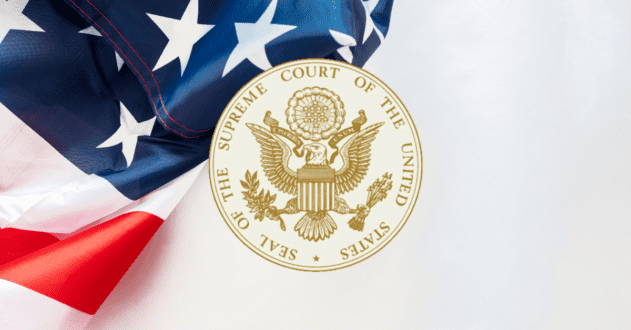May 30, 2023Supreme Court decision narrows WOTUS definition
The U.S. Supreme Court has narrowed the definition of waters of the United States (WOTUS) and areas regulated under the Clean Water Act.
In a unanimous decision on May 25, the court limited the areas regulated under the CWA to wetlands that are “as a practical matter indistinguishable from waters of the United States.”


The definition of WOTUS, ambiguously outlined in the 1972 Clean Water Act to determine which waters and their conveyances fall under federal and state permitting authority, has been a subject of debate for decades. Last December, the EPA and the U.S. Army Corps of Engineers tried to establish a definitive definition centered around whether a stream or wetland had a relatively permanent (continuously flowing with a connection to larger bodies of water) connection or a significant nexus (a connection that could run dry but be reestablished after heavy rainfall).
The ruling is based on Justice Antonin Scalia’s 2006 plurality opinion in the case of Rapanos vs. United States, which emphasized a narrower definition of WOTUS than Justice Anthony Kennedy’s significant nexus test.
New guidelines hammered out last December had returned protections of waterways to those outlined in the 2015 Clean Water Act but was criticized by some politicians and organizations as governmental overreach harming businesses, developers and farmers.
In April, President Joe Biden vetoed a congressional resolution that would have overturned the new rule, but its enforcement was paused in some states pending a Supreme Court ruling.
The May 25 ruling was hailed by agriculture organizations including the National Potato Council.


“Since its passage in 1972, the Clean Water Act has proven invaluable in protecting and restoring our nation’s vital water resources and ecosystems,” Bob Mattive, NPC vice president of environmental affairs, said in a news release. “NPC welcomes the Supreme Court’s decision that restores a clear and common-sense interpretation of the CWA, allowing growers to continue to feed America while demonstrating their commitment to being stewards of our shared water resources.”
The case involved a years-long dispute between Michael and Chantell Sackett and the EPA. The Sacketts’ construction of a house beside Idaho’s Priest Lake was halted in 2007 after the EPA determined the lot contained a federally protected wetland that was part of the Priest Lake watershed.
The court heard oral arguments last October, and while all nine justices ultimately sided with the Sacketts, several expressed concern over the narrowed definition of WOTUS.
“The Court’s new test will leave some long-regulated adjacent wetlands no longer covered by the Clean Water Act, with significant repercussions for water quality and flood control throughout the United States,” Justice Brett Kavanaugh wrote.
American Farm Bureau Federation President Zippy Duvall said the EPA had overstepped its authority under the Clean Water Act.
“The justices respect private property rights,” Duvall said in a statement. “It’s now time for the Biden administration to do the same and rewrite the Waters of the United States Rule. Farmers and ranchers share the goal of protecting the resources they’re entrusted with, but they deserve a rule that provides clarity and doesn’t require a team of attorneys to properly care for their land.”
Photo: A May 25 U.S. Supreme Court decision narrowed the definition of WOTUS and areas regulated under the Clean Water Act. Photo: File















